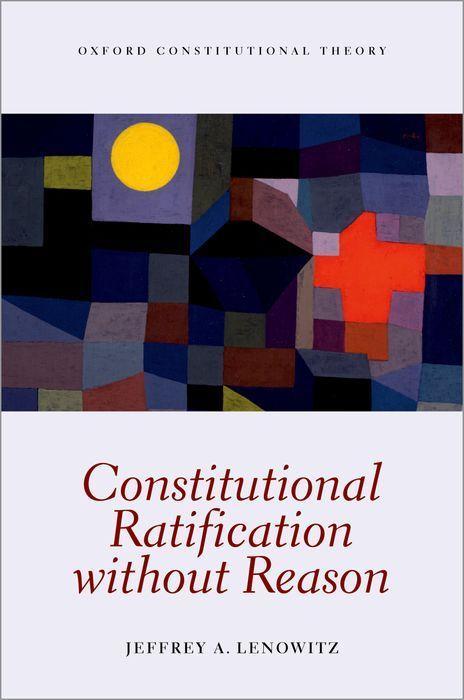
Zustellung: Do, 17.07. - Di, 22.07.
Versand in 2 Wochen
VersandkostenfreiBestellen & in Filiale abholen:
This volume analyses constitutional ratification procedures, examines their nature, origins, history, and especially the potential justifications for their use. The author offers a comprehensive demonstration of how constitution-making recommendations can be evaluated and tested from a normative and theoretical perspective.
Inhaltsverzeichnis
- 1. Questioning Ratification
- 1: Basic concepts
- 2: Ratification
- 3: What kind of justification?
- 4: Why care about ratification?
- 5: Structure
- 2. Ratification Beyond (And Before) Constitutions
- 1: Agency law
- 2: Ratification in treaty law
- 3: Labor law and collective bargaining
- 4: Conclusions
- 3. The Invention of Constitutional Ratification
- 1: The Berkshire Constitutionalists
- 2: The Mechanicks' Union of New York City
- 3: Ratification by state conventions: Philadelphia
- 4: Ratification by Convention: Georgia
- 5: Conclusion
- 4. Making the Constituent Power Speak
- 1: The theory of constituent power
- 2: Finding constituent power justifications
- 3: Constituent power dispersed
- 4: Conclusion
- 5. The Unalienable Right of the Berkshire Constitutionalists
- 1: Historical context, theoretical context
- 2: Constituent power rooted in contractualism
- 3: Constitutional creation and constituent power
- 4: The Sleeping Sovereign and the Unique Site Justification
- 5: Conclusion
- 6. Ignorance and the Constituent Power
- 1: What kind of choice?
- 2: Condorcet's prediction
- 3: Ignorant framers
- 4: Information shortcuts
- 5: Educating the people
- 6: Conclusion
- 7. Representation Through Accountability
- 1: Representation justification
- 2: Ratification's potential role
- 3: Ratification as accountability mechanism
- 4: Objections
- 5: Conclusion
- 8. Legitimacy Types and Procedures
- 1: What is legitimacy?
- 2: Legitimate constitutions
- 3: Creating legitimacy
- 4: Pathways to constitutional legitimacy
- 5: Conclusions
- 9. Legitimation Device
- 1: Substantive legitimation
- 2: Procedural moral legitimation
- 3: Procedural sociological legitimation
- 4: Conclusion
- 10. Conclusion
- 1: Summary of findings
- 2: Lessons and questions
- 3: Context dependent reasons
Produktdetails
Erscheinungsdatum
10. Juni 2022
Sprache
englisch
Seitenanzahl
400
Autor/Autorin
Jeffrey A Lenowitz
Verlag/Hersteller
Produktart
gebunden
Gewicht
785 g
Größe (L/B/H)
237/164/28 mm
ISBN
9780198852346
Entdecken Sie mehr
Bewertungen
0 Bewertungen
Es wurden noch keine Bewertungen abgegeben. Schreiben Sie die erste Bewertung zu "Constitutional Ratification Without Reason" und helfen Sie damit anderen bei der Kaufentscheidung.









